Albania is rarely considered a country for summer holidays, although in many ways it is more accessible than neighboring Montenegro and Greece. And the beauty of nature and the purity of the sea is not inferior to them. Despite the difficult winding roads, you can visit the most interesting places in Albania in a week.

How to get there?
First you can reach Albania via Italy by ferry. The port city of Ancona and the cities of Puglia, Bari and Brindisi, are among the possible ports of departure.
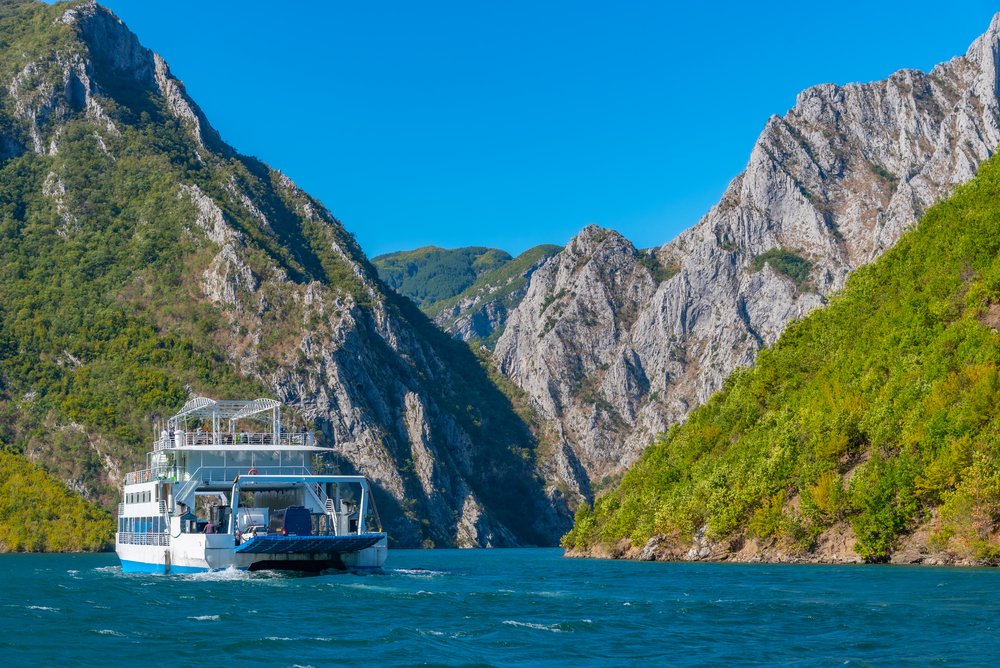
You also have the possibility to plan your journey through Austria, Slovenia, Croatia, and Montenegro. If you ever pass through these Balkan countries, you should include several stops in your trip, such as Maribor, Zagreb, Zadar, or Split.
But if you are traveling by car, you should also be aware that you may have to pay tolls upon arrival and that you must carry a “green card” to cross the border into Albania, i.e. proof of motor vehicle liability insurance. Read more about traveling to Albania by car here…
You can also always get to the airport of the capital of Albania – Tirana and rent a car upon arrival in the country.
Day 1. Tirana and Durres: Remains of Communism and Family Beach Vacation
Tirana is the capital and largest city of Albania, founded in 1614. The city’s cultural heritage sites, which are worth seeing on your first visit to the country, require at least one day to explore.
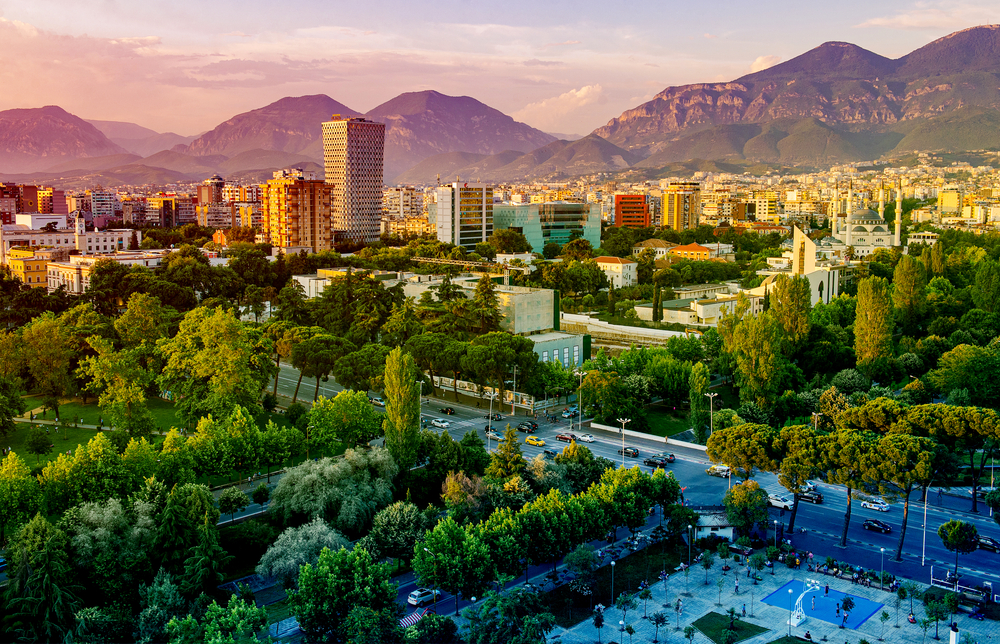
Durres is the closest seaside resort to Tirana, the most famous and ideal for families with children. Located on the Adriatic Sea, it has beautiful sandy beaches and a gentle entrance to the water. Opposite is the Italian city of Bari, which before the pandemic could be reached by ferry.
What to see in Tirana and Durres?
Explore Bunk’Art 1 and Bunk’Art 2, bunkers built during Enver Hoxha’s rule that have become museums. This is the best way to learn about the past of communist Albania.
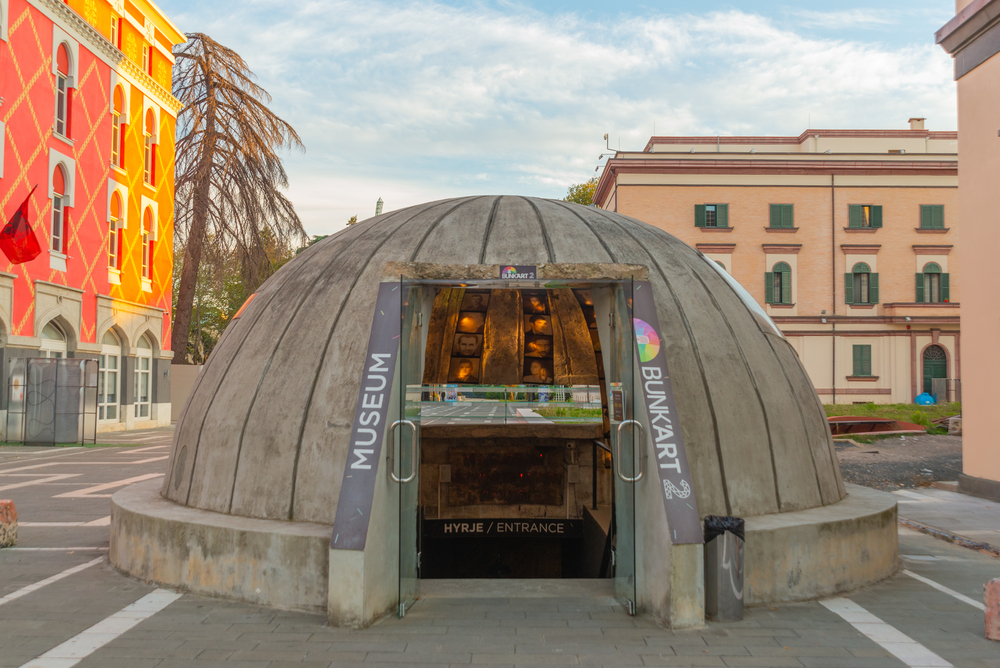
It is also worth visiting the Etem Bay Mosque, the National Museum of History and a walk in the Rinia Park. Besides the beach, Durres has a lot to see: Apollonia (ruins of the ancient city), the Venetian Tower, the Mosaic House. Read more about Tirana and Durres here…
Day 2. Shkoder: the oldest fortress and the largest lake in the Balkans
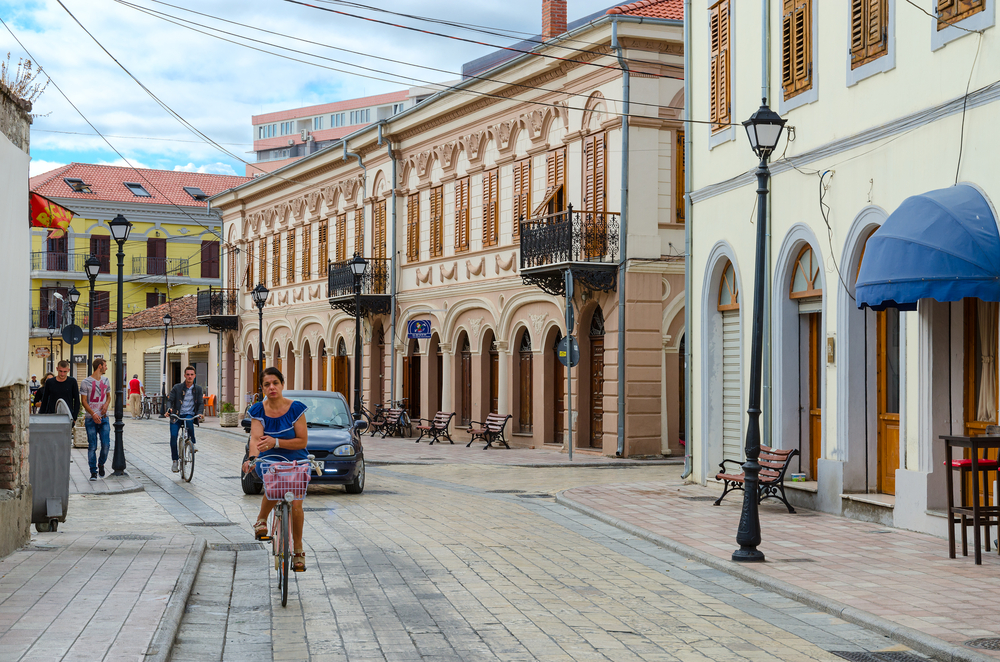
One of the oldest cities in Albania, founded in the 4th century BC, it belonged first to the Roman Empire, then to the Ottoman Empire. Located north of Tirana, 100 km from the capital, you will spend about two hours by car. Today it is a major attraction for tourists interested in history. The city surprises with a strong interweaving of Catholicism and Islam, mountains, and wildlife. Recreation here is underdeveloped, but it is still worth setting aside a day to explore.
What to see in Shkoder?
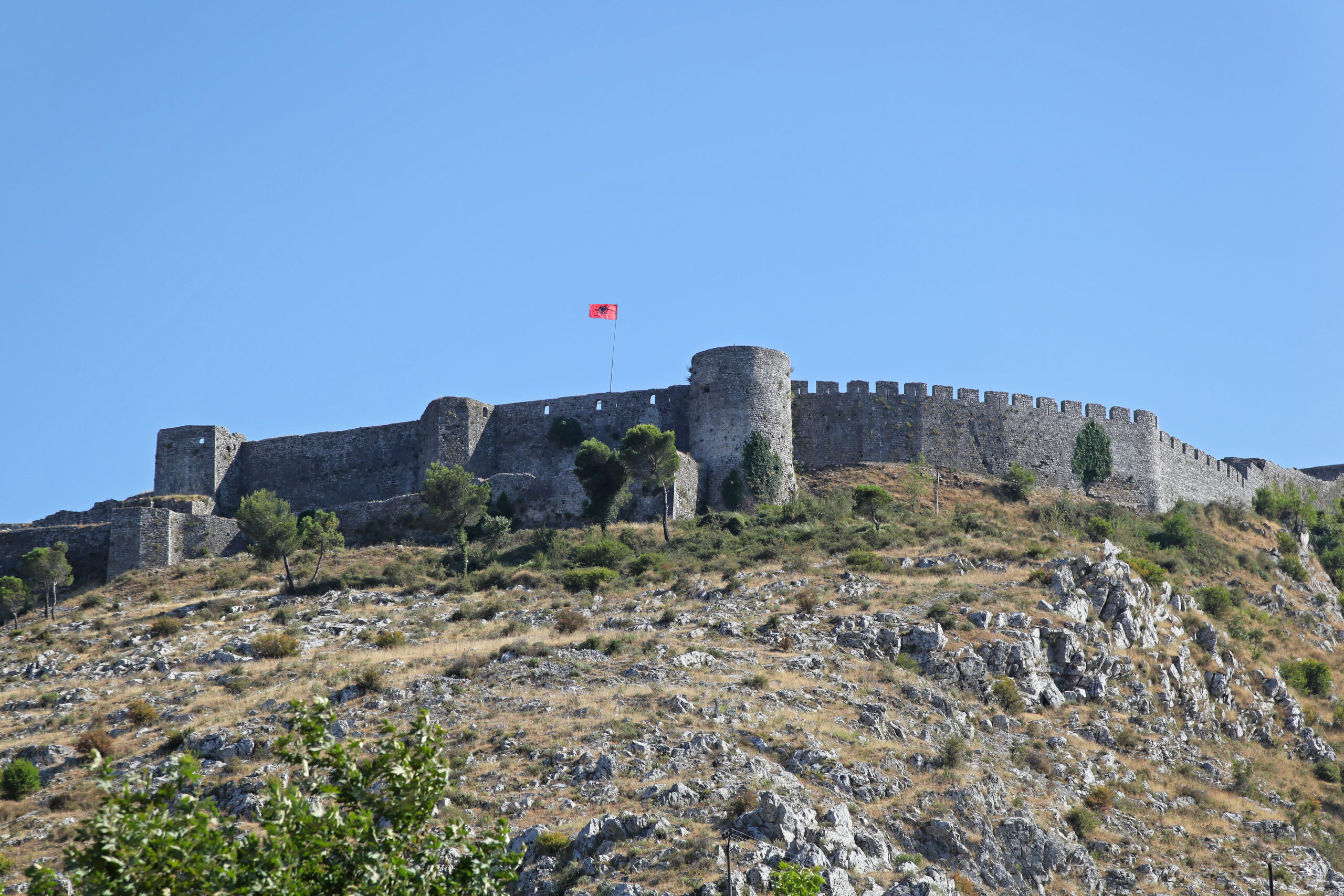
Visit the fortress of Shkoder, built in the 4th century BC, see the museum inside and climb the mountain to see the majestic massifs from above. Those wishing to swim and sunbathe can drive to the largest lake in the Balkans, Skadar Lake (the water heats up to 27 ℃). It is located on the territory of two countries, Albania and Montenegro, and used to be a bay of the Adriatic Sea. There is a national reserve nearby.
Day 3. Vlora: Albania’s first capital, mountains, and coniferous forests
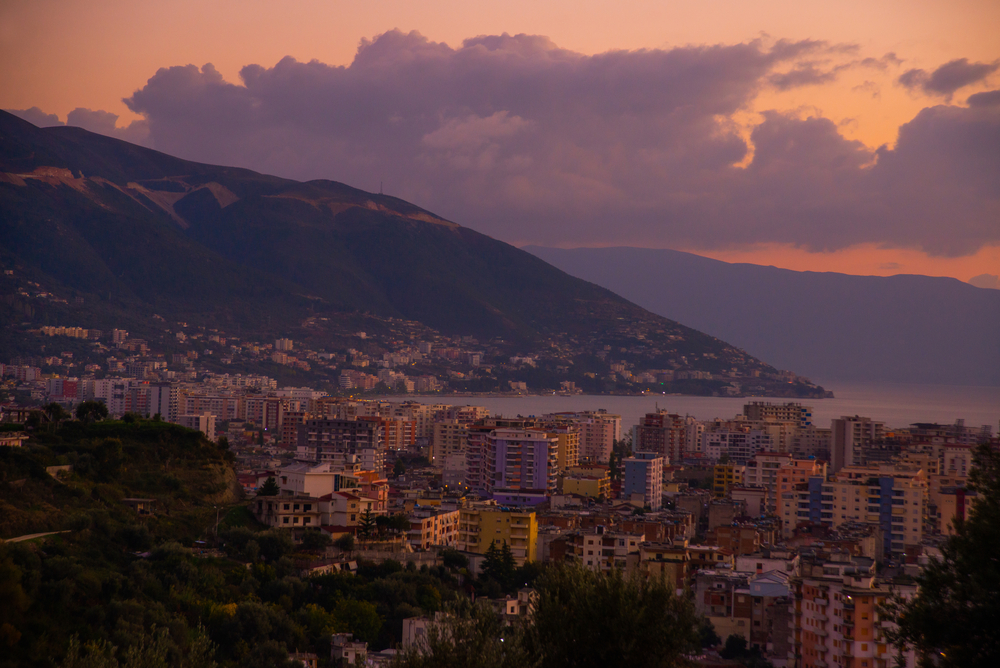
One of the largest cities in the country and the second largest port is located 130 km from Tirana and is washed by the Adriatic Sea. You will travel from Shkodra, bypassing the capital and spending at least four hours (225 km). Vlora has been known since the 6th century BC, fragments of the surrounding wall were near the present-day Flag Square. And in 1912 Vlora became the first capital of independent Albania. There is no beach in the city because of the harbor, but its absence is compensated by walks along the promenade, along which pine trees are planted. For bathing, you can drive 10-15 km from the city along the coast in both directions.
What to see in Vlora?
Those who want to learn about the national culture will enjoy the Independence Museum, historical and ethnographic museums, the Muradiye Mosque, built in the 16th century. A beautiful view opens from the observation deck of the house of one of the leaders of the Bektash order, Kuzum Baba. And active travelers will appreciate Logara National Park with mountains and coniferous forests.
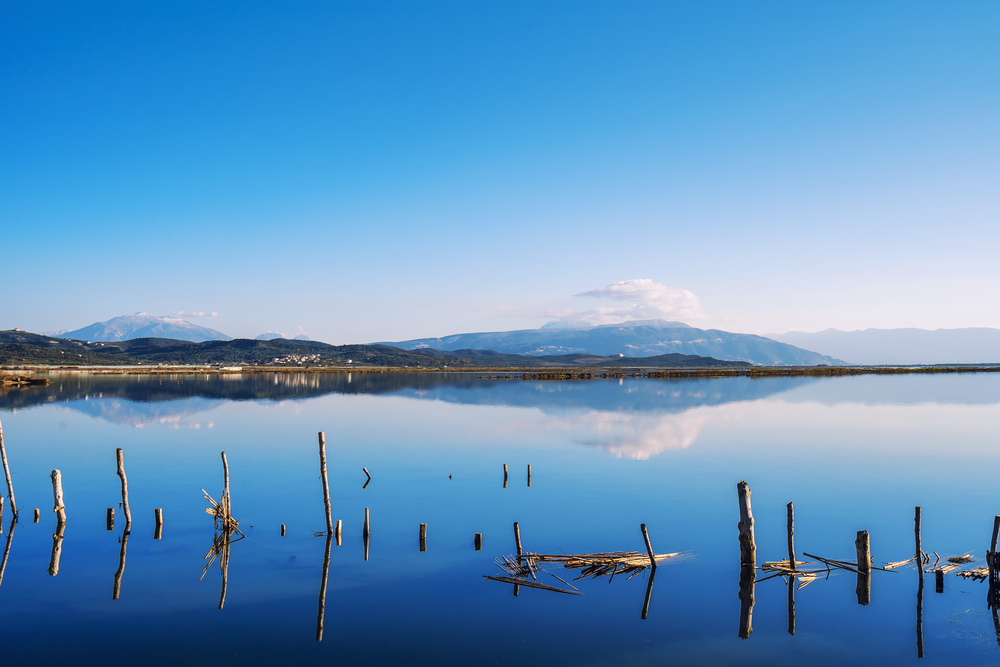
Day 4-5. Himara and surroundings: Albanian Riviera and beaches for all tastes

Between Vlora and Saranda lies the Albanian Riviera: a stretch of coastline along the Ionian Sea, stretching for more than 100 km. It includes several relatively large resort towns and several small villages. The main population center of the Riviera is Himara (Vlora region), located near the northern beach of Dhermi and southern Borsch. Between these three points, there are also many places to swim and relax. The distance from Vlora to Himara is just over 70 km.
The peculiarity of the Albanian Riviera is the clearest sea. However, the beaches are mostly pebble, the shores are steep, and there are many bays and gorges, so it is not the best choice for swimming with children. But for lovers of outdoor activities and wildlife, it is excellent.
What to see in the Albanian Riviera?
The Logara Pass and the national park of the same name will impress you with views from a height of 1,043 meters (if clouds don’t cover everything around), but only physically fit travelers are welcome here: the ascent is difficult. The seaside resort of Dhermi and the village of the same name are the most popular part of the Riviera with discos and other seasonal entertainment. Porto Palermo beach (south of Chimara) with its ancient fortress will be quieter, and the bay near Livadi has a nudist beach.
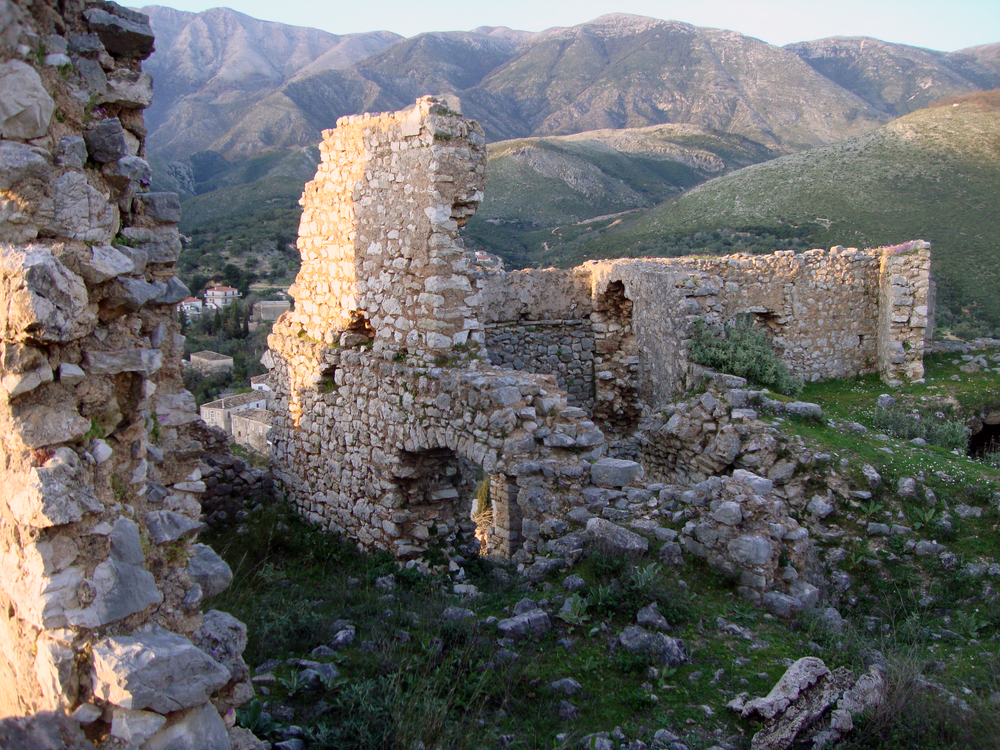
Day 6. Saranda: nightlife, water sports and the Ottoman fortress
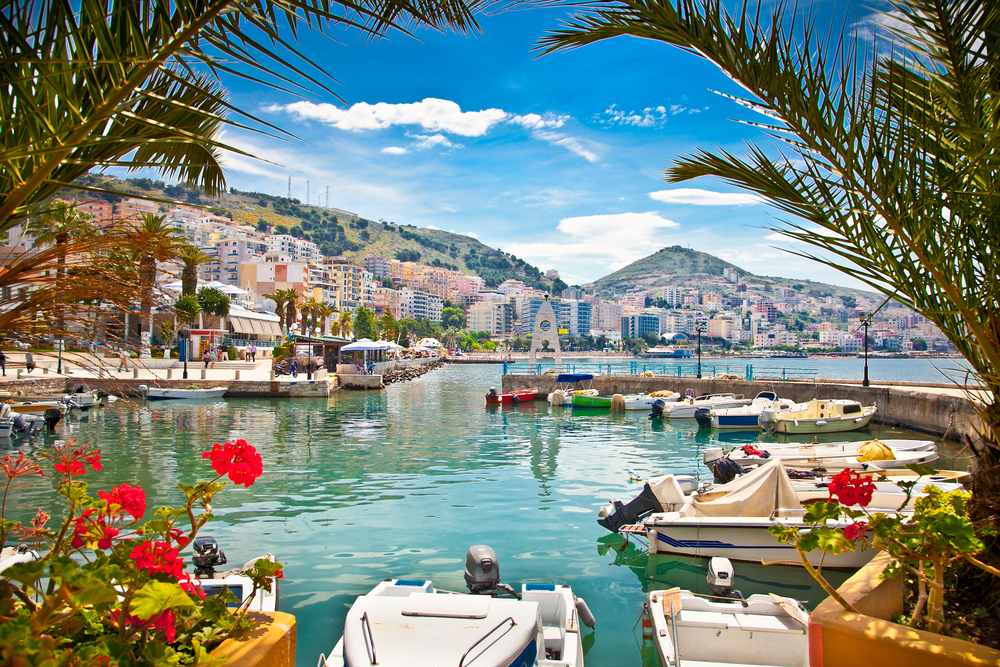
One of the most popular resorts in Albania, Saranda, is located in a bay surrounded by mountains. It is a little over an hour’s drive from Himara (55 km). On the coast there are many hotels and apartments of different price categories, the infrastructure is also well developed: there are discos and bars, rental of catamarans and other water activities. Cultural activities are more difficult: people often come here for a beach holiday or for a trip to the opposite island of Corfu.
What to see in Saranda?
What to see in Albania: a week-long road trip
Climb up to the Lekursi fortress built during Ottoman times, stand on a hill, observe the town and the sea from above, and have lunch in a local restaurant. We also recommend driving through the ancient town of Foinike, famous for its huge acropolis, visit the ethnographic museum, which will introduce the traveler to the history of Albania. Read more about Saranda here…
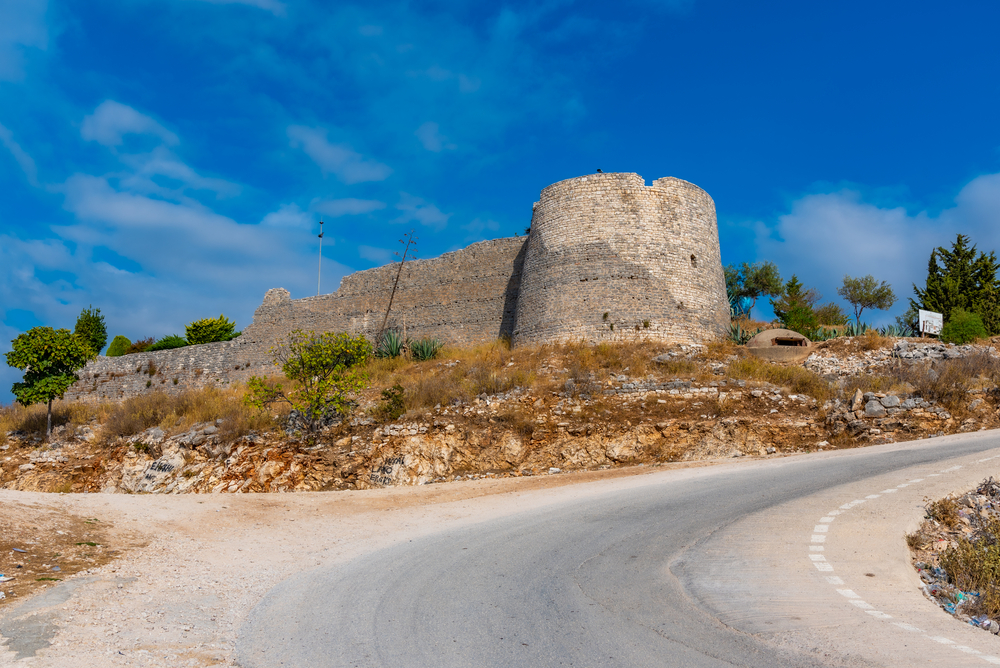
Day 7. Ksamil and Butrint: Ruins, “Maldives” and “Caribbean Sea”

Ksamil is often called the Albanian Maldives. And it is only 15 km from Saranda. It has delightful turquoise waters of the Ionian Sea, white sand, exotic landscapes reminiscent of the Caribbean with three islands in the bay, and a developed infrastructure. Travelers also have no shortage of bars, restaurants and clubs. The town (although it is more of a collection of beaches) is located on the border with Greece and is characterized by a large number of tourists during the high season. This place is ideal for those who want to sunbathe or take beautiful pictures by the sea. And for a cultural vacation you can go to Butrint, an ancient town near Ksamil.
What to see in Ksamil?
5 km from Ksamil are the ruins of Butrintos, a UNESCO World Heritage Site. Today this ancient Greek city is a museum-reserve with an amphitheater and an acropolis and offers a full day of sightseeing. The Shourie-i-Kalter is also worth a visit: the fountain, whose name translates as “Blue Eye”, delights with the azure-blue color of the water. It’s unlikely you’ll be able to swim: the water is very cold (year-round at around +13°C) and the water currents are very fast.
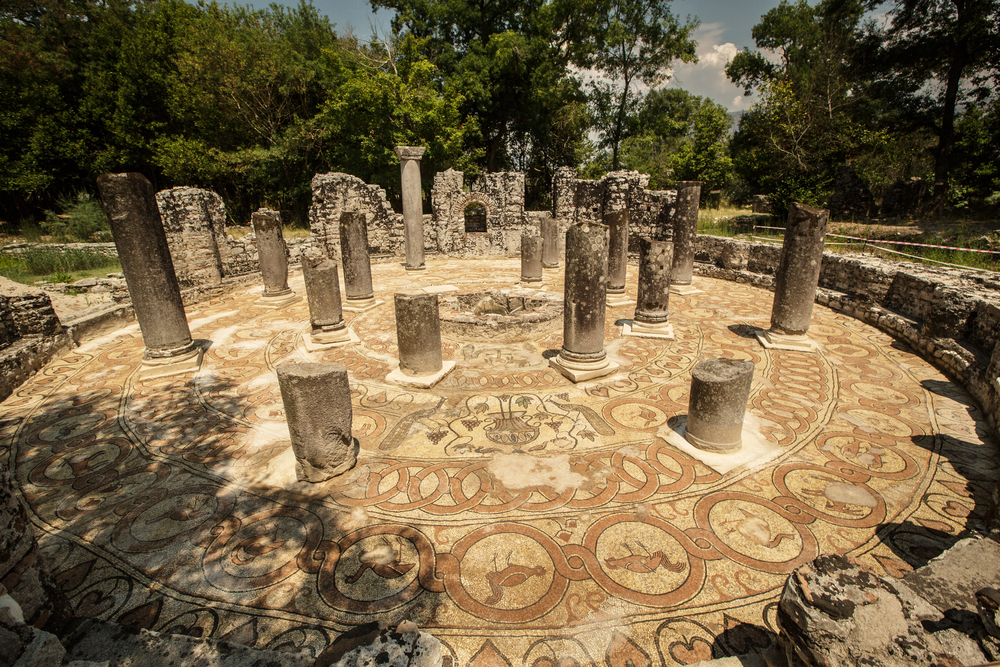
In Albania you can find a vacation for all tastes. Charming beaches with clear water, old fortresses, mountains and wonderful cuisine await you on this week-long trip.